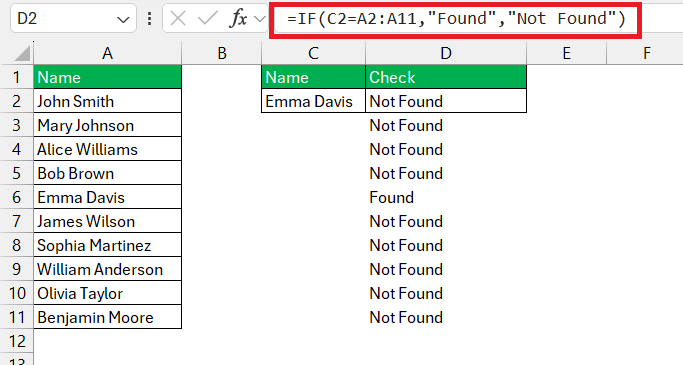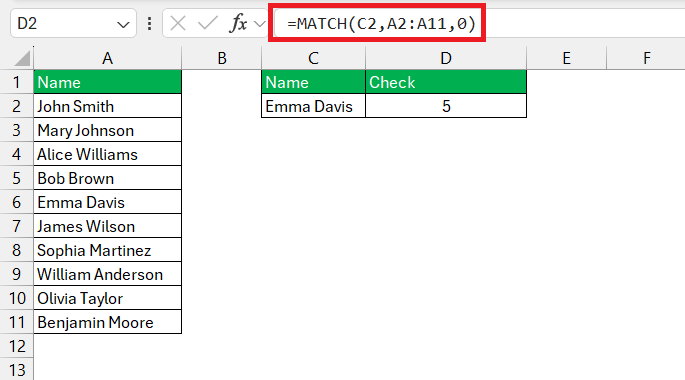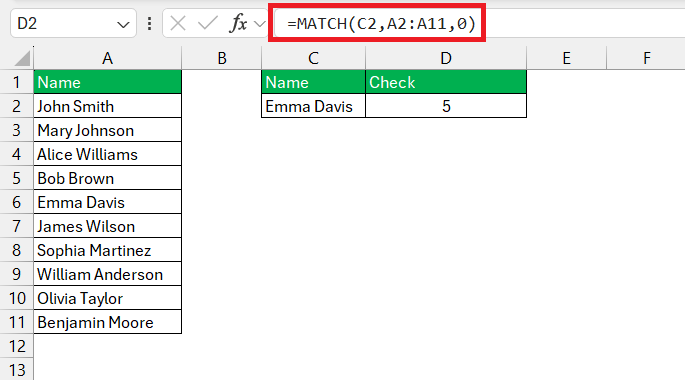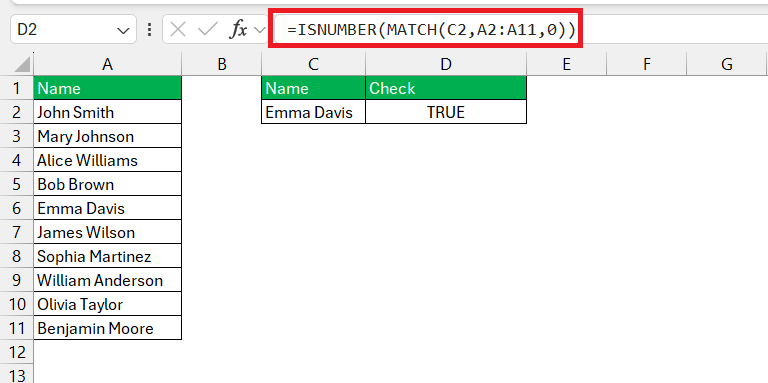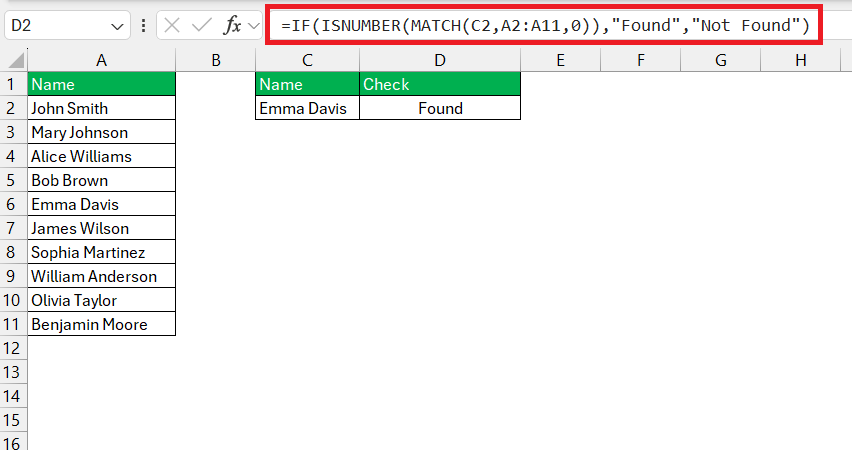In the vast landscape of Microsoft Excel functions, IF and MATCH stand out as powerful tools that can significantly enhance your data analysis and manipulation capabilities. Whether you’re a seasoned Excel user or just starting to delve into its possibilities, understanding these functions opens up a world of possibilities for organizing, filtering, and processing data with precision and efficiency.
Key Takeaways:
- Conditional Logic Powerhouse: IF function allows for dynamic decision-making in Excel based on logical tests, while MATCH function enables precise lookup and referencing of data.
- Versatility: IF and MATCH can be combined to perform a wide range of tasks, from categorizing data to filtering and validating information.
- Efficiency Boost: By automating repetitive tasks and streamlining data analysis, IF and MATCH functions save time and enhance productivity.
- Accuracy Assurance: With IF and MATCH, you can ensure accurate results in your calculations and data processing, minimizing errors and improving data integrity.
Table of Contents
What is the IF Function?
At its core, the IF function in Excel allows you to perform logical tests and return specific values based on whether the test is true or false. This conditional logic is invaluable for automating decisions within your spreadsheets, making it one of the most frequently used functions in Excel.
Syntax of the IF Function:
=IF(logical_test, [value_if_true], [value_if_false])
- logical_test: This is the condition you want to evaluate. It can be a comparison, a mathematical operation, or any expression that returns either TRUE or FALSE.
- value_if_true: The value or expression to return if the logical test is TRUE.
- value_if_false: The value or expression to return if the logical test is FALSE.
The formula checks if the value in cell C2 matches any of the values in the range A2:A11. If it does, it returns “Found”; otherwise, it returns “Not Found”.
Understanding the MATCH Function
While the IF function handles conditional statements, the MATCH function in Excel specializes in searching for a specified value in a range of cells and returning its relative position. This makes it incredibly useful for tasks such as looking up values in tables, finding matches between datasets, and dynamically referencing data.
Syntax of the MATCH Function:
=MATCH(lookup_value, lookup_array, [match_type])
- lookup_value: The value you want to find.
- lookup_array: The range of cells where Excel should search for the lookup_value.
- match_type (optional): This argument specifies the type of match Excel should make. It can be 1 (for an exact match), 0 (for the first value that’s exactly equal to the lookup_value), or -1 (for the last value that’s less than or equal to the lookup_value).
The formula =MATCH(C2, A2:A11, 0) is an Excel function that searches for a specified value (C2) in a specified range of cells (A2:A11) and returns the relative position of that value within the range.
Combining IF and MATCH for Advanced Analysis
Individually, the IF and MATCH functions are powerful, but when combined, they unlock even greater potential for data manipulation and analysis in Excel.
Example Scenario:
Let’s say you have a dataset containing names, and you want to check if a particular name exists in the list. You can achieve this using a combination of the IF and MATCH functions.
STEP 1: Using MATCH to Determine Row Number
First, you use the MATCH function to determine the position of a name you are searching in a list. For example:
=MATCH(C2,A2:A11,0)
This segment of the formula employs the MATCH function to seek out the value present in cell C2 amid the span from A2 to A11. The MATCH function returns the relative position of a value in a specified range, or an error if the value is not found. The last argument (0) indicates that we want an exact match.
STEP 2: Applying ISNUMBER
=ISNUMBER(MATCH(C2,A2:A11,0))
The ISNUMBER function verifies whether the outcome of the MATCH function constitutes a numerical value. If the MATCH function finds the value and returns a valid position, ISNUMBER returns TRUE; otherwise, it returns FALSE.
STEP 3: Applying IF
=IF(ISNUMBER(MATCH(C2,A2:A11,0)),”Found”,”Not Found”)
This is the IF function, which evaluates whether the condition provided (ISNUMBER(…) = TRUE) is met. If the condition is TRUE (meaning the value in C2 is found within the range A2:A11), the formula returns “Found”. If the condition is FALSE (meaning the value is not found), the formula returns “Not Found”.
So, in summary, this formula checks if the value in cell C2 is found within the range A2:A11. If it is found, it returns “Found”; otherwise, it returns “Not Found”. It’s commonly used in Excel for searching and indicating whether a value exists within a specified range.
Practical Applications of IF and MATCH
The versatility of IF and MATCH makes them indispensable for a wide range of Excel tasks, including:
- Dynamic data lookup and referencing
- Conditional formatting based on specific criteria
- Filtering and categorizing data sets
- Error handling and validation in complex calculations
- Creating interactive dashboards and reports
Tips for Effective Usage
To make the most of IF and MATCH in Excel, consider the following tips:
- Familiarize yourself with the syntax and behavior of each function.
- Test your formulas on sample data to ensure they produce the desired results.
- Break down complex tasks into smaller, manageable steps for easier troubleshooting.
- Combine IF and MATCH with other Excel functions like INDEX, VLOOKUP, and SUMIFS for more advanced analyses.
- Document your formulas and calculations for future reference and collaboration.
Conclusion
In conclusion, mastering the IF and MATCH functions in Excel empowers you to perform sophisticated data analysis and manipulation tasks with precision and efficiency. By leveraging conditional logic and dynamic lookup capabilities, you can streamline your workflows, gain deeper insights from your data, and make informed decisions with confidence. So, whether you’re crunching numbers, building reports, or analyzing trends, IF and MATCH are indispensable tools in your Excel toolkit.
Frequently Asked Questions:
Can IF and MATCH be used together in Excel?
Yes, IF and MATCH can be combined to perform tasks like dynamic data categorization or conditional referencing.
What happens if no match is found with the MATCH function?
If no match is found, the MATCH function returns the #N/A error. You can handle this error using error handling techniques like IFERROR or ISERROR.
Can I use wildcard characters with the MATCH function?
Yes, you can use wildcard characters like asterisk (*) and question mark (?) with the MATCH function to perform partial matches or pattern matching within a range.
Is it possible to nest IF and MATCH functions within other Excel functions?
Absolutely, you can nest IF and MATCH functions within other Excel functions like INDEX, VLOOKUP, or SUMIFS to create complex formulas for advanced analysis.
Are there any limitations to the number of conditions in an IF statement?
In Excel, the IF function can accommodate up to 64 nested functions or logical tests within a single formula, allowing for complex conditional logic.
John Michaloudis is a former accountant and finance analyst at General Electric, a Microsoft MVP since 2020, an Amazon #1 bestselling author of 4 Microsoft Excel books and teacher of Microsoft Excel & Office over at his flagship MyExcelOnline Academy Online Course.

